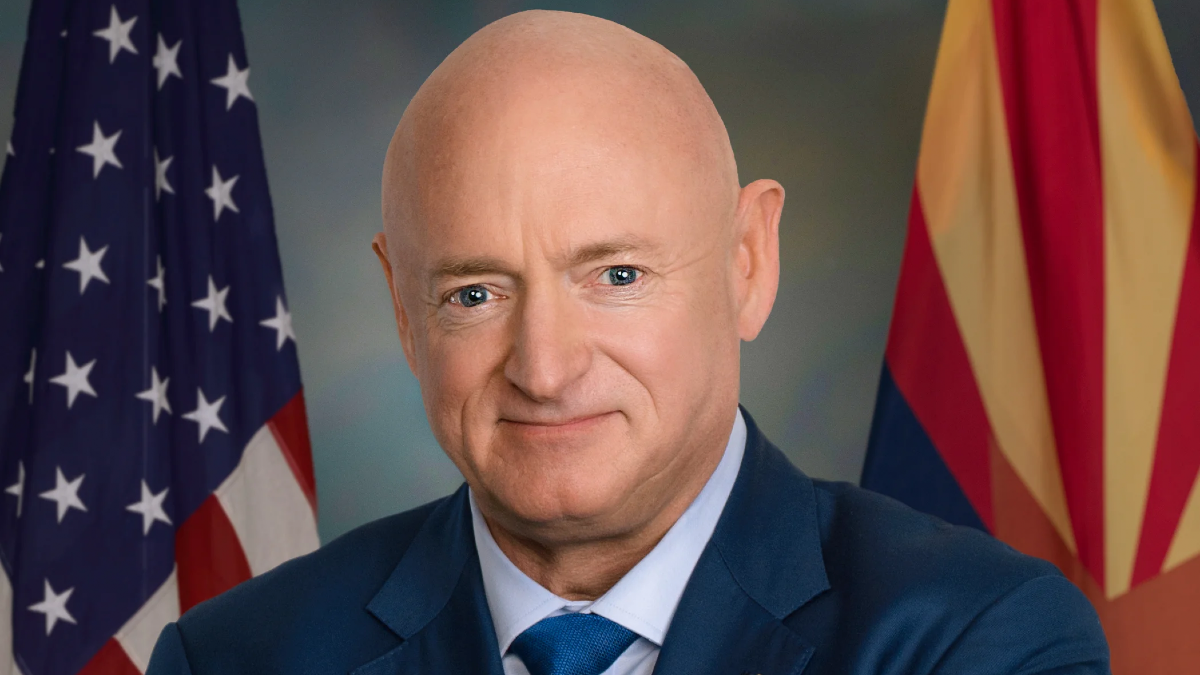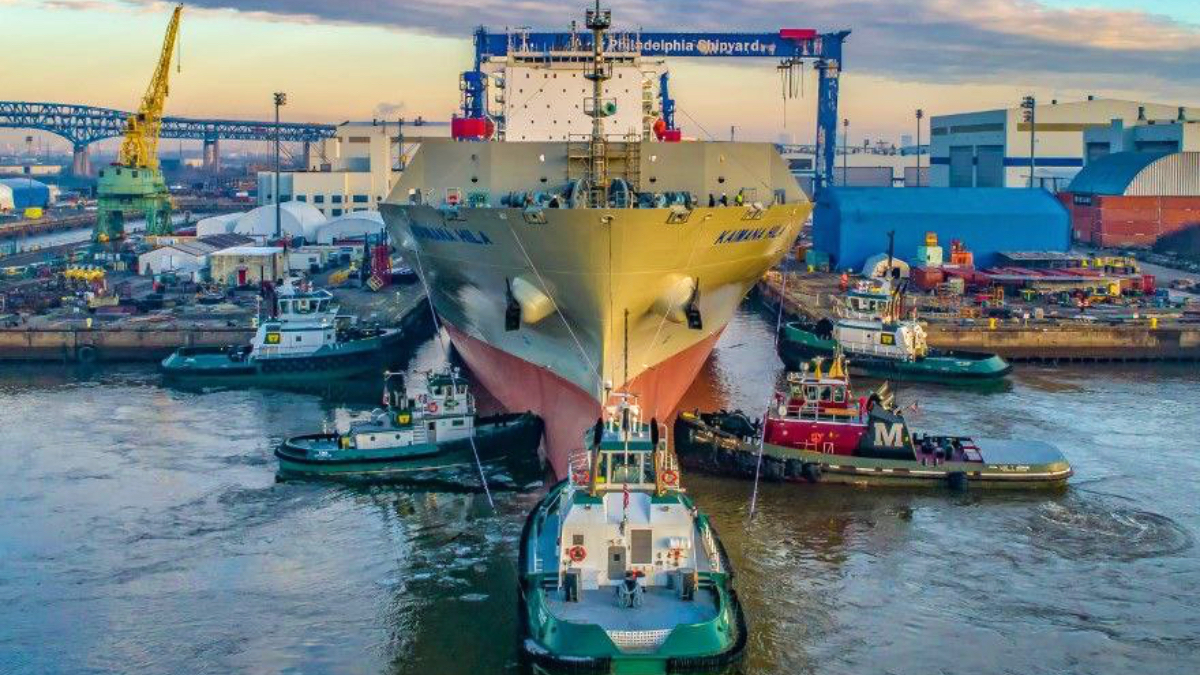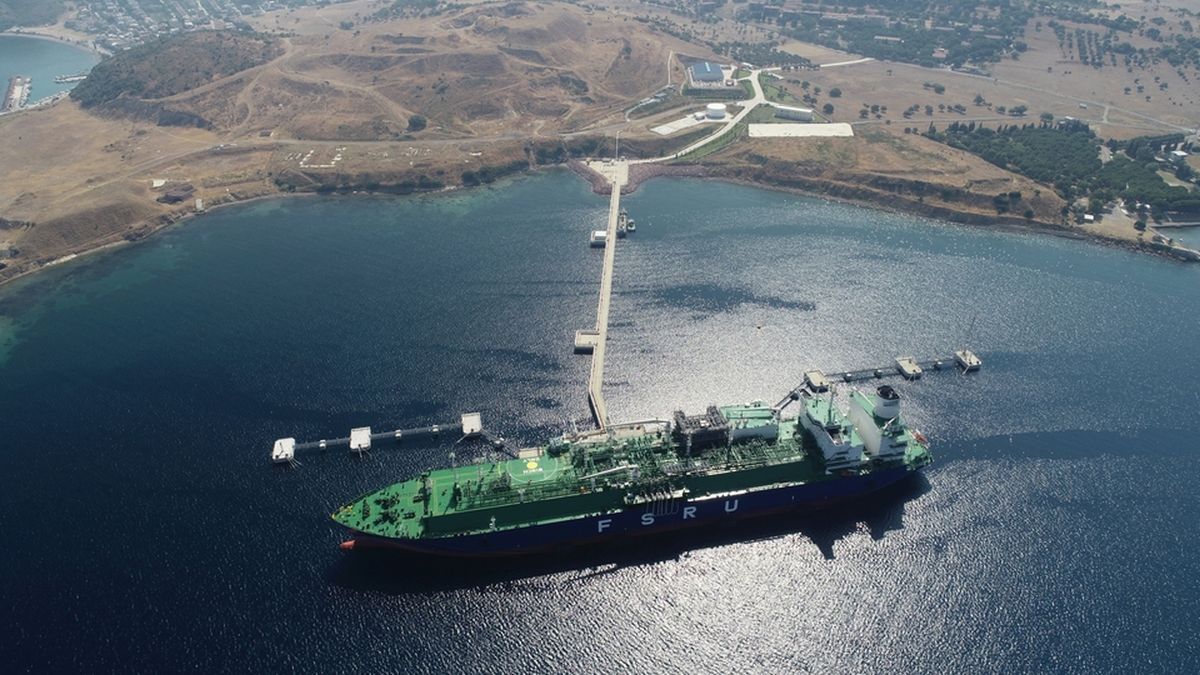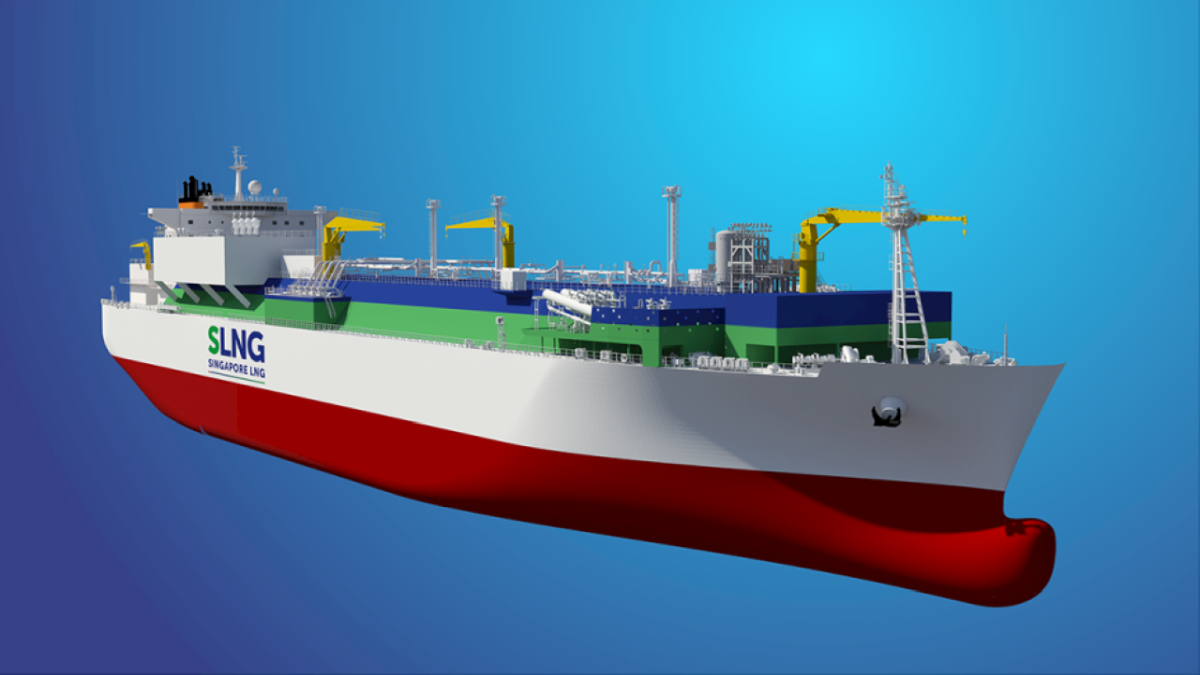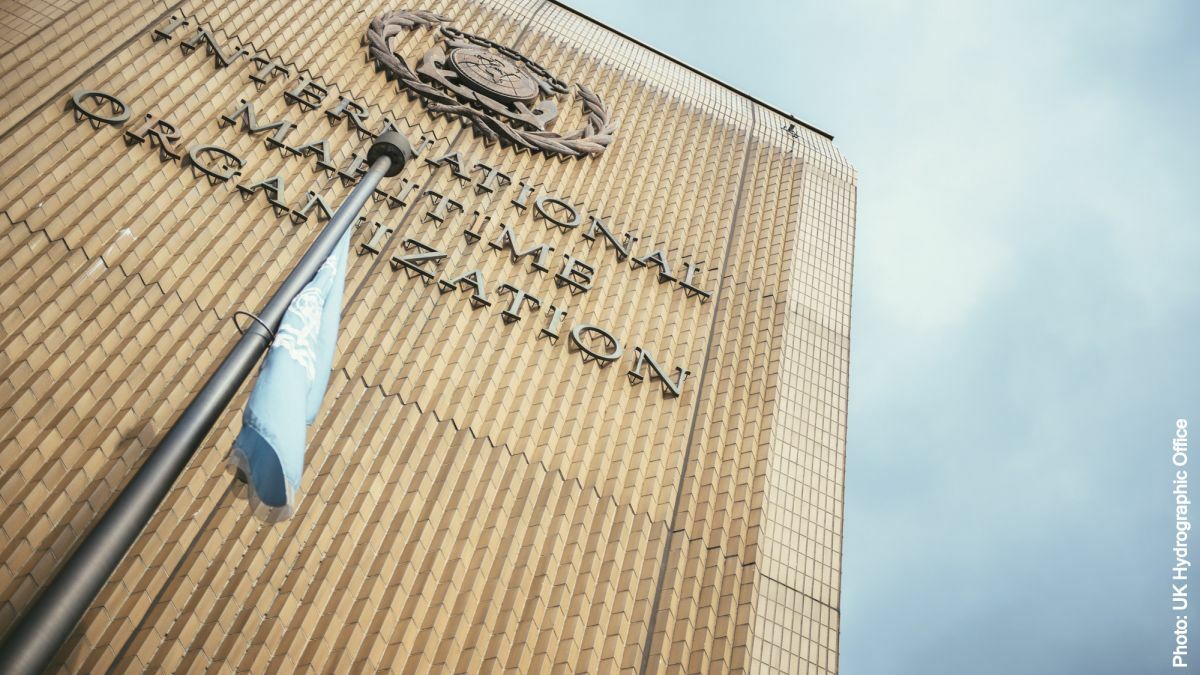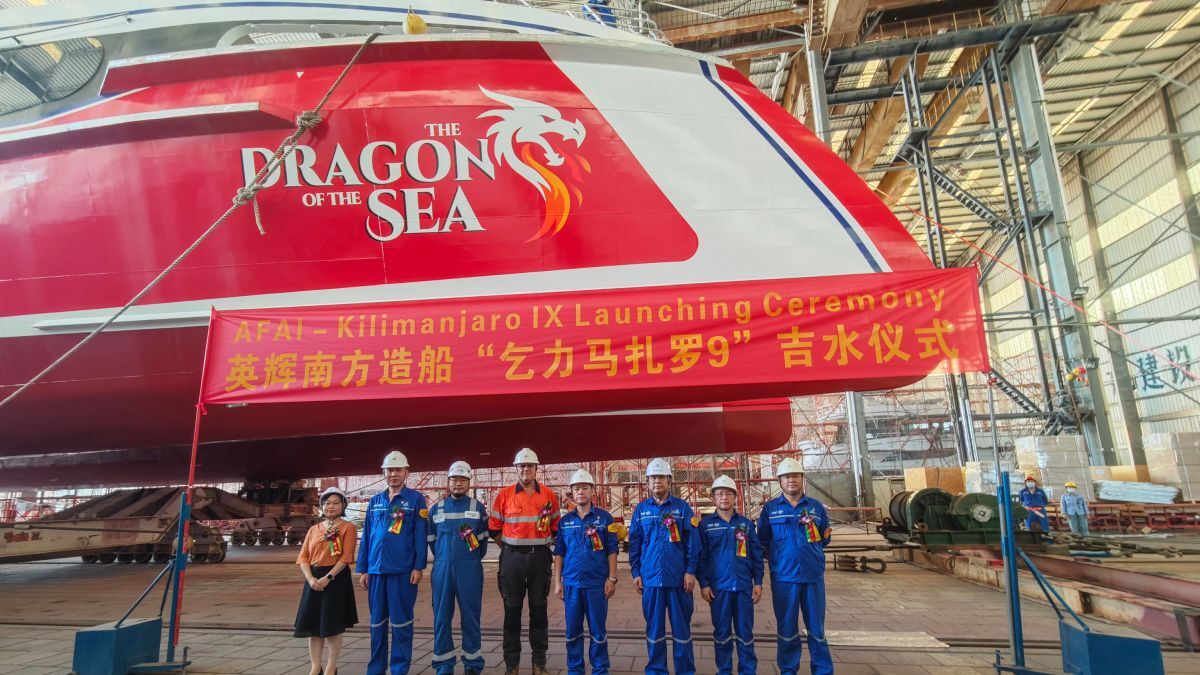Business Sectors
Events
Offshore Wind Webinar Week
Contents
Register to read more articles.
Bill looks to boost US shipyards, triple size of US-flag internationally trading fleet
SHIPS for America Act would bolster US-flag international fleet and revitalise shipbuilding industrial base, with new significant maritime policy changes
After decades of decline and neglect, the US-flag oceangoing merchant fleet could get a major boost from recently filed legislation that seeks to triple the number of commercially operated ships in international commerce in 10 years.
Called the Shipbuilding and Harbor Infrastructure for Prosperity and Security (SHIPS) for America Act, the bipartisan and bicameral legislation was introduced by Senator Mark Kelly (D-Arizona), Senator Todd Young (D-Indiana), Representative John Garamendi (D-California), and Representative Trent Kelly (R-Mississippi).
The filing of the bill in mid-December comes amid increasing geopolitical tensions in the Middle East, Ukraine and South China Sea, and growing concerns about the nation’s dwindling shipbuilding base, ballooning costs to build and modernise naval ships, China’s increased sea power, and ability of the United States to respond to threats overseas.
“We’ve always been a maritime nation, but the truth is we’ve lost ground to China, who now dominates international shipping and can build merchant and military ships much more quickly than we can,” said Senator Kelly. A retired astronaut and US Navy veteran, Senator Kelly is the first US Merchant Marine Academy graduate to serve in Congress. “The SHIPS for America Act is the answer to this challenge. By supporting shipbuilding, shipping and workforce development, it will strengthen supply chains, reduce our reliance on foreign vessels, put Americans to work in good-paying jobs, and support the Navy and Coast Guard’s shipbuilding needs,” he said.
The current US-flag fleet stands at about 200 vessels, 80 of which are trade in international commerce – a paltry sum compared with 5,500 vessels controlled by China.
The SHIPS Act looks to establish the Strategic Commercial Fleet, which would have 250 US-flag fleet vessels engaged in international trade – more than three times the current level.
The 344-page bill is chockful of incentives for US shipbuilding and rebuilding the US shipping fleet. Among its key takeaways are the establishment of a Maritime Security Advisor within the White House, who would lead an interagency Maritime Security Board. US government-funded cargo would be required to be moved on US-flag ships and a portion of commercial goods imported from China would be required to be transported on US-flag vessels starting in 2029. The legislation looks support merchant mariner recruitment and training, cut bureaucratic red tape, incentivise shipbuilding at a US shipyard, and boost the Tanker Security Fleet.
LNG exports on US-flag ships
Interestingly, tucked into the SHIPS Act is a requirement to have US-flag vessels transport an increasing percentage of LNG exports, starting with 2% in “each of the seven calendar years” following the calendar year after the enactment of the bill. This will grow to 15% of LNG exports in the 22nd calendar year after the calendar year the bill is enacted.
The US is the world’s largest exporter of LNG, yet operates no US-flag LNG carriers, and – not counting LNG bunker vessels – there have been no LNG carriers built in the US in 44 years.
Broad industry support
Not surprisingly, the legislation drew broad support from maritime industry groups, US shipowners and shipbuilders, suppliers, maritime trade unions and other stakeholders.
“This legislation represents a significant step forward in strengthening the nation’s shipyard industrial base and establishing a comprehensive national maritime strategy,” said Shipbuilders Council of America president Matthew Paxton.
Hanwha to the rescue?
One of the shipbuilders voicing its approval of the legislation and that stands to benefit from its enactment is Philly Shipyard, now called Hanwha Philly Shipyard following the completion of its US$100M takeover by South Korean conglomerate Hanwha.
“If enacted, the legislation would support major recapitalisation of the shipbuilding infrastructure in the United States and provide substantial incentives for the purchase of US-built vessels. It would have a long-term positive impact on Philly Shipyard and other shipbuilders in the United States,” said the shipbuilder.
Hanwha Ocean is one of the world’s leading shipbuilders of LNG and gas carriers, floating production, storage and offloading (FPSO) vessels and container ships, as well as naval ships such as submarines and frigates.
Its takeover of Philly Shipyard is expected to benefit US naval and government shipbuilding programmes.
Hanwha Ocean was the first South Korean shipyard to secure a Master Ship Repair Agreement with the US Navy in July 2024. Hanwha Ocean was awarded a contract to overhaul a 40,000-tonne US Navy dry cargo and ammunition ship.
The US Navy has struggled with cost overruns and delays across multiple shipbuilding and modernisation projects. A US Government Accounting Office (GAO) report released on 17 December 2024 said the Navy “did not effectively plan” a US$3.7Bn programme to modenise seven large Ticonderoga class guided-missile cruisers. As a result, there was “9,000 contract changes – resulting in cost growth and schedule delays.”
Pointed out the GAO, “only three of the seven ships will complete modernisation, and none will gain five years of service life, as intended. The Navy wasted US$1.8Bn modernising four cruisers that have now been divested prior to deploying. The Navy also experienced contractor performance and quality issues across the cruiser effort.”
Related to this Story
Events
Offshore Wind Webinar Week
Maritime Decarbonisation, Europe: Conference, Awards & Exhibition 2025
Offshore Support Journal Conference, Americas 2025
© 2024 Riviera Maritime Media Ltd.


